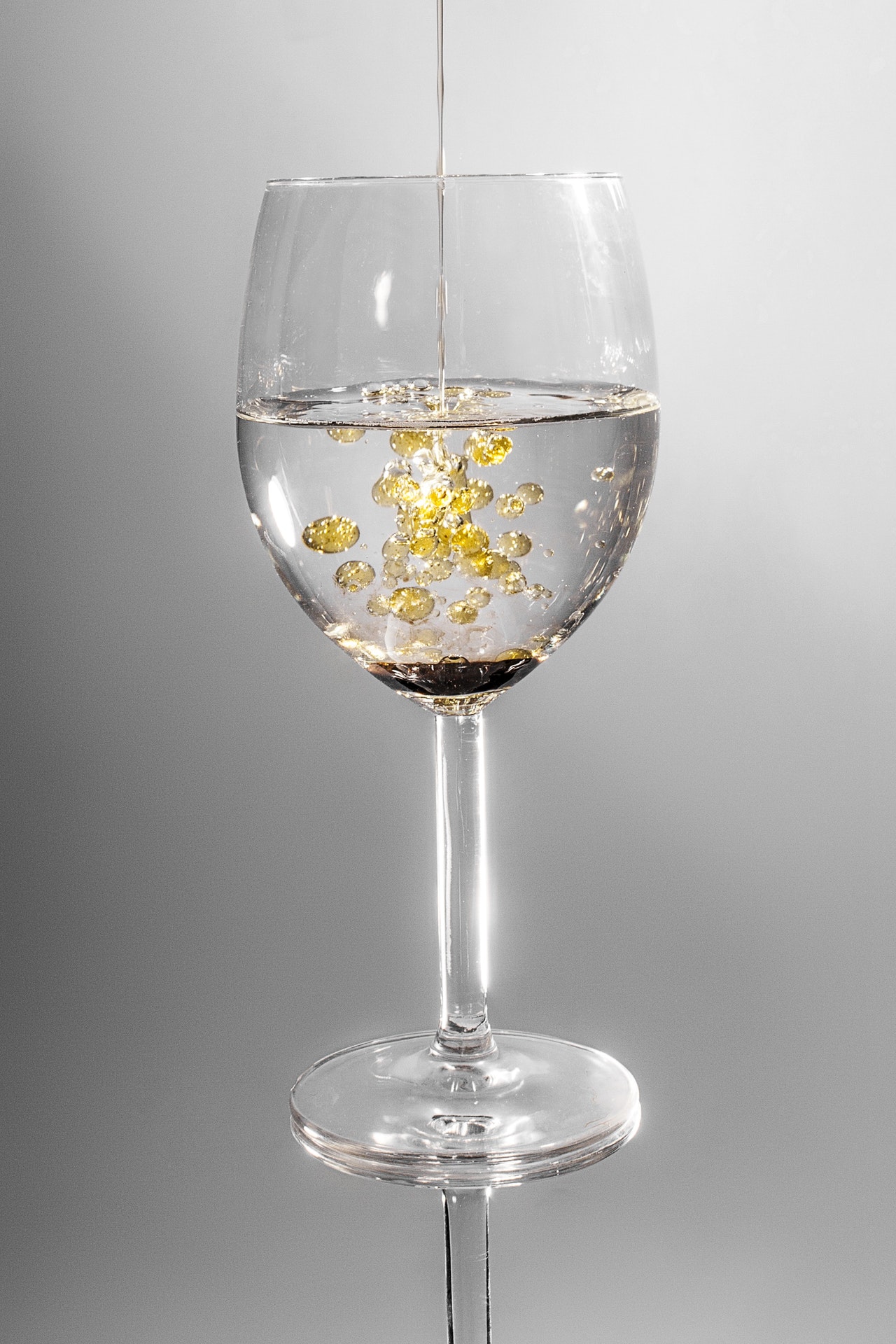Oil from Tahini Sauce

Tahini is an all-around condiment that people use in their dishes. A sauce that is important in making hummus, baba ganoush, and falafel. Tahini originally from middle-eastern countries; a Mediterranean cuisine which vegan people love the most. It’s a sauce that people love to eat and mix with other ingredients. What’s in the oil from tahini sauce?
They call this condiment as a “super food” because of the high nutrients it contains. Tahini is known to have high in calcium and protein. It also has essential nutrients like potassium, magnesium, phosphorus, vitamins E and Bs, omega 3 and 6, and antioxidants. These are also found in the oil from tahini sauce.
Tahini is made out from grinded sesame seeds. And it has different types of tahini available in store. You can choose between hulled or unhulled, and between raw and roasted. It’s taste also depends how it is processed. But a tahini is usually bitter (just a bit of bitterness) and nutty flavour. It also has an aromatic smell, too.
You can use the paste to spread on your wholegrain bread or grilled meat, a dip for your fresh veggies and also chips, or an ingredient for you pastry, noodle dish, and a new flavour office cream dessert and cookies.
It’s really versatile and I think, it doesn’t have any limit in your dishes.
But there’s one question that keeps bugging in my head. Why there’s always a pool of tahini oil that settles in its container?
This is actually a natural oil produce by tahini once it is grinded, and also the olive oil that was mixed with it. What is its role? Oil produced by tahini, which we usually see like a pool that settles in a jar when it is stored, helps in preserving your tahini pastes. It helps in increasing its shelf life, and extends by putting the paste in an air- tight container and store inside the fridge. This also helps prevent spoilage of the said condiment. Tahini oil contains a high concentration of antioxidants that makes it lasts longer before the paste becomes rancid.
tight container and store inside the fridge. This also helps prevent spoilage of the said condiment. Tahini oil contains a high concentration of antioxidants that makes it lasts longer before the paste becomes rancid.
Aside from that, when the oil in your tahini jar settles on the top of the paste, just stir the jar to mix the paste and oil. The oil of tahini not only prolongs shelf life but also it helps in keeping its soft and thick consistency. To keep off this from happening, put the tahini jar upside-down inside the fridge. And if it’s difficult to stir, scoop it out and put inside your blender or food processor and start grinding them in. This will make your job easier and more convenient for you if your jar of tahini is quite hard already. And another reminder, expert says that tahini isn’t consumable beyond six (6) months even if it’s inside the fridge and closed in an air-tight jar.
Your tahini paste isn’t consumable anymore when it’s already emitting foul smell. You don’t need to taste it because our nose can tell, right? Time to throw it right away in the trash. If you see tahini oil separates with the crushed sesame seed, it doesn’t indicate spoilage at all. You just need to stir it and it will mix up again. And if you notice lumps in your tahini jar, calm yourself, just add warm water and whisk it to eliminate those tahini lumps.
The bottom line here is, as long as your tahini doesn’t have any foul odor or underwent discoloration, it’s edible. And the oil inside your tahini jar that separates doesn’t mean spoilage, it actually helps your tahini sauce’s shelf life longer. Oil from tahini sauce is actually healthy and tasty.
